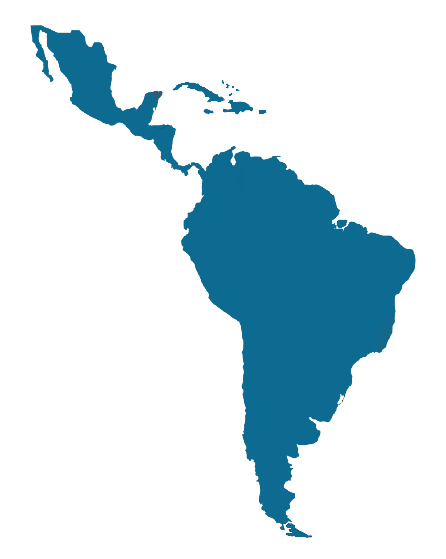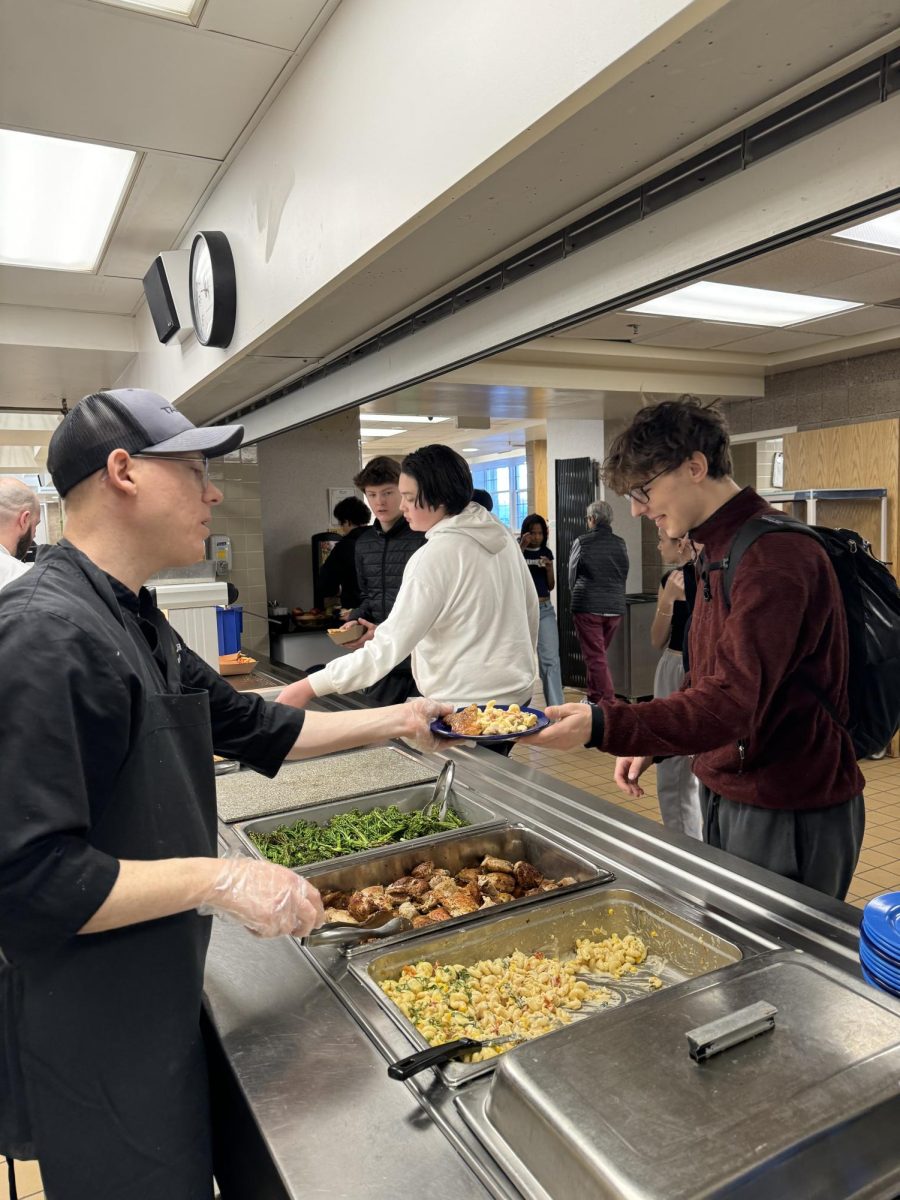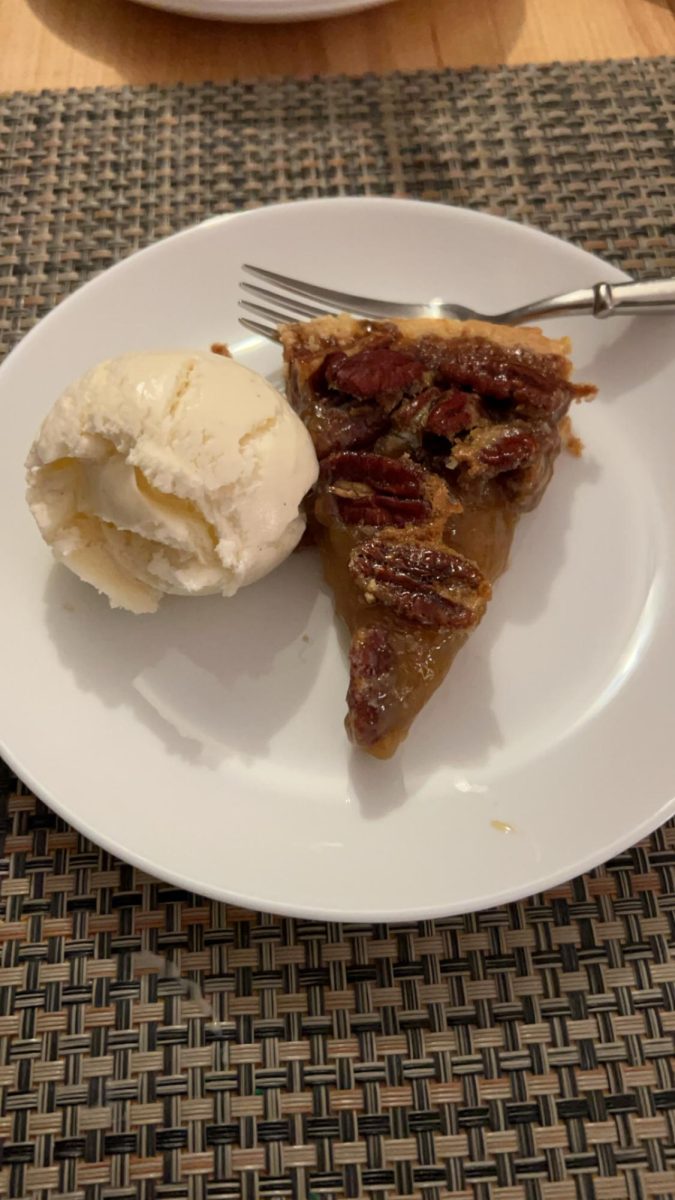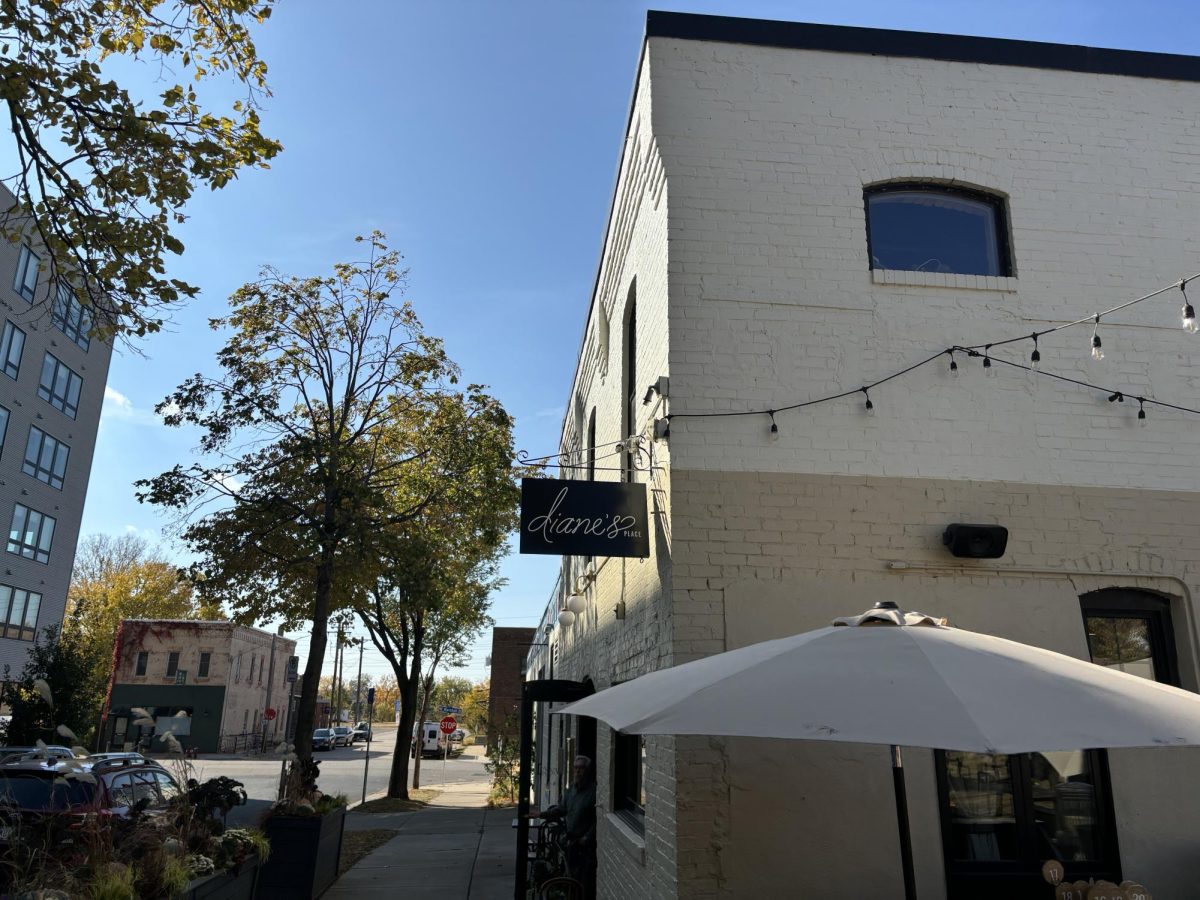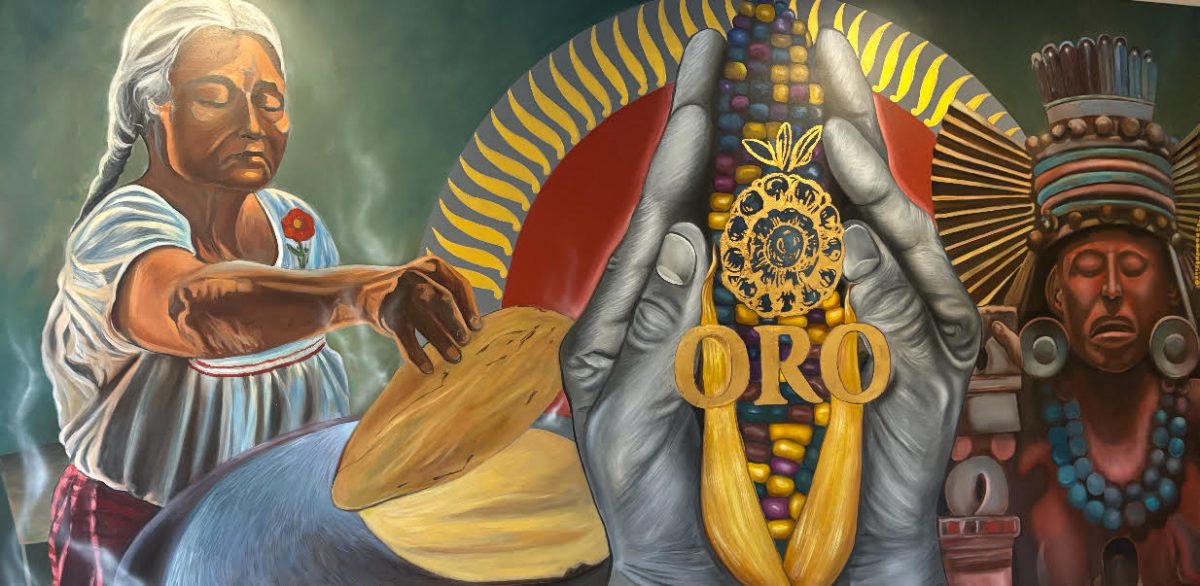For thousands of years, indigenous communities across Latin America perfected their agricultural practices to yield corn, beans, squash, potatoes, tomatoes, and a number of other tubers and grains. Some farming techniques pioneered by such communities are still used today: rural areas of Mexico grow crops in Aztec chinampas, or floating gardens, and terrace farming, which was used by the Wari people, is widespread throughout the world.
In fact, the Inca people, who adopted the practice a thousand years after the Wari, discovered that maize tasted differently on each step of a terrace. Although hundreds of years separate indigenous cultures from modern Latin American people, we use similar practices and eat the foods of our ancestors with pride.
Given the similarities of staple Latin American ingredients, certain dishes exist in similar iterations across different countries. Mexicans, Guatemalans, and Puerto Ricans all make tamales; Colombians and Venezuelans make arepas; and Hondurans and Salvadorians make pupusas. Nevertheless, each country’s version is uniquely delicious.
Mexican tamales, for example, are made from corn masa and stuffed with anything from chicken to rajas to mole. Some tamales are even sweet and made from chocolate or pineapples. Puerto Rican tamales (or pasteles), on the other hand, are made from green plantain masa and stuffed with meat and beans.
Latin American culinary traditions are too rich, vast, and beautifully varied to be experienced by burritos from Chipotle or Mission flour tortillas. Try Guatemalan chuchitos, or Mexican atole, or Peruvian choclo! Each dish is made from corn and, while composed of similar ingredients, perfectly illustrates the diversity of Latin American cuisine.

